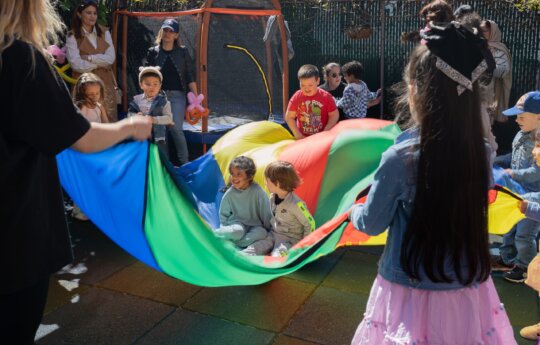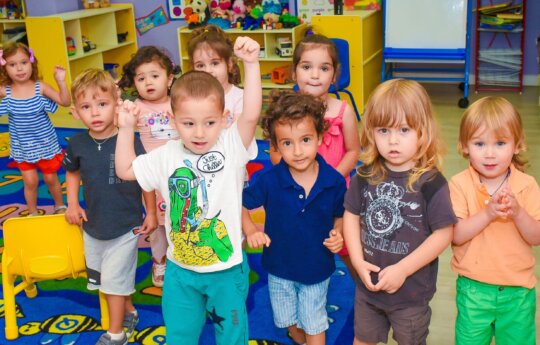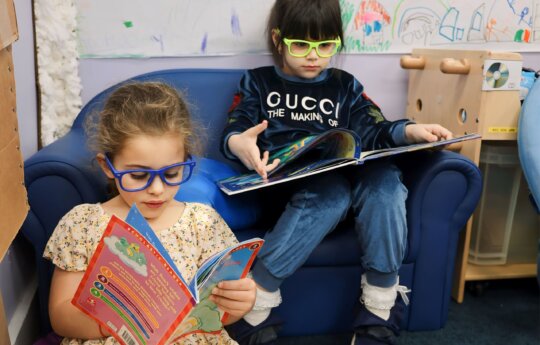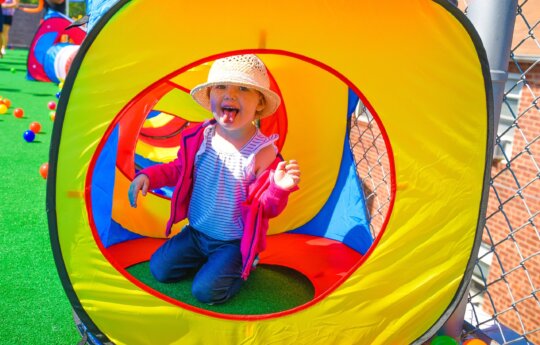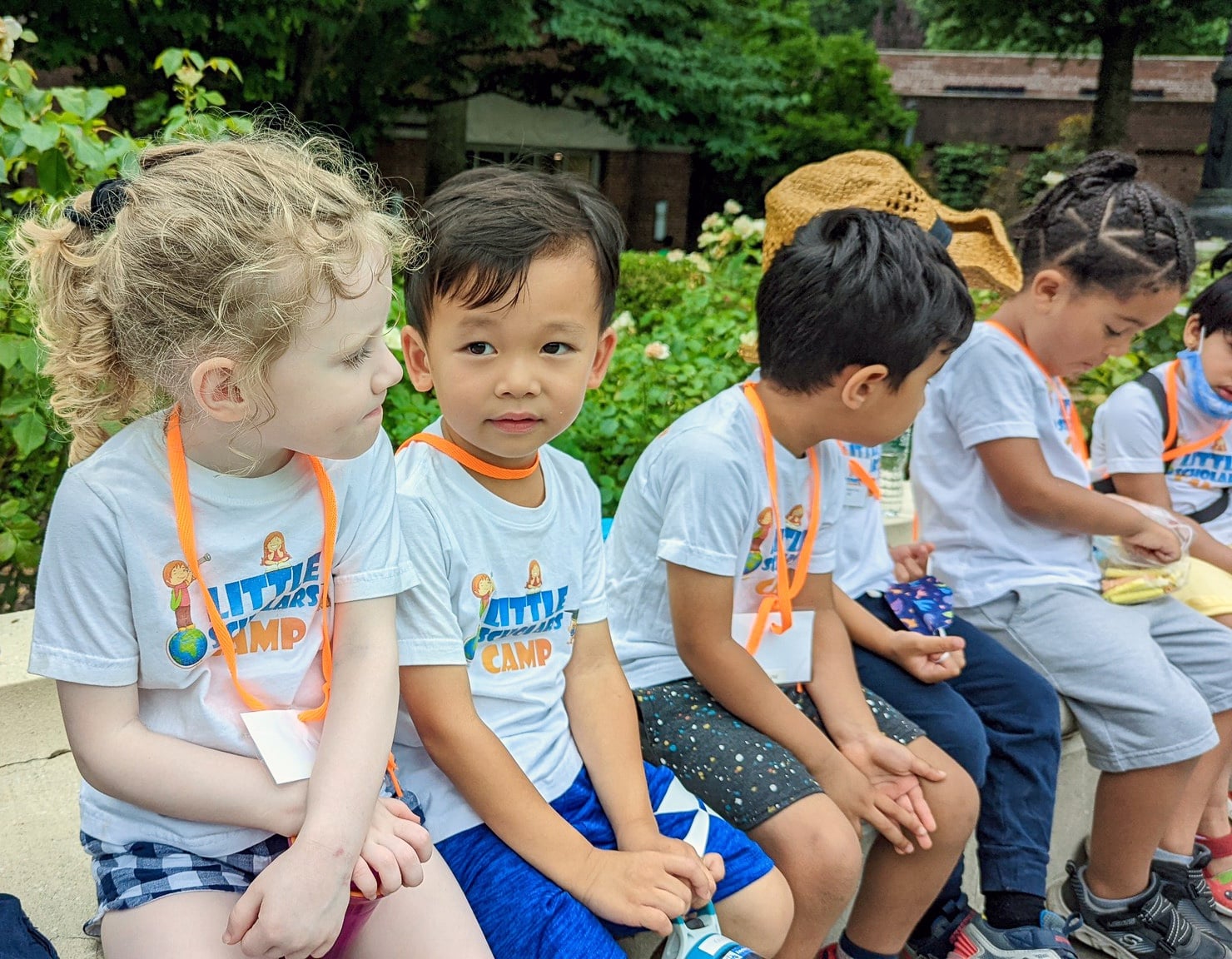
Earth Day is a meaningful event that reminds us that the environment is an inseparable part of our being. Practically, it is an excellent opportunity to create a firm belief in the importance of environment preservation and understanding their role in it. The occasion of Earth Day is celebrated annually on April 22nd, thus creating an excellent opportunity for learners to have a perfect play and study of an incredibly important topic.
We will talk about a variety of possibilities of events, which are sure to provide for s learning experience firmly connected with having the utmost fun. The due activities allow the little scholars to entertain and gain knowledge about nature conservation, the beauty of our world, and ways to preserve it for humanity. Let us ensure that each Earth Day becomes a valuable learning experience for our kids.
What is Earth Day for Preschoolers?
Earth Day is a special holiday when people all over the world celebrate our planet. It is like the Earth’s birthday. We remember how amazing our planet is and learn to protect it. People celebrate this holiday on April 22 every year, but it is important to remember the lesson all year.
Why Do We Celebrate Earth Day?
Earth Day is important because it teaches us how to look after our environment. There are some important messages that we focus on during Earth Day:
- Conservation. This big word means saving and protecting things. On Earth Day, we learn how to save resources like water and energy. For example, turning off the tap while we brush our teeth or switching off the lights while we leave the room.
- Love for nature. Earth Day helps us see how wonderful nature is. We play outside, go to parks, and look to see all the plants and animals that live on Earth. You will want to take care of nature when you will love it.
- Taking care of our planet. We also learn about many ways to keep our planet clean and healthy. This means doing things like recycling old papers and bottles, cleaning up trash in parks, and helping plant new trees and flowers.
Earth Day Facts for Kids
One of the great tools that can help preschoolers to understand why we celebrate Earth Day is fun facts or short stories about the events associated with the holiday. Here are some facts about Earth Day and the events related to the holiday.
- Earth Day is celebrated every year on April 22. It first started in 1970 which makes it over 50 years old!
- Earth Day is one of the largest environmental events across the world. People from over 190 countries are involved in different kinds of events to protect our planet.
- About 20 million Americans got involved in the first Earth Day events in 1970. They started from the rallies and clean-ups and continued with educational programs to learn more about our environment and the planet Earth.
- Earth Day helped to develop laws to take care of the air people breath and the water they drink. In fact, after the first Earth Day, the United States established the Environmental Protection Agency and passed laws such as the Clean Air Act and the Endangered Species Act. Recycle
- Earth Day has had a big impact on spreading the idea of recycling and the use of resources throughout the world. People are learning how to reduce the amount of waste turning it into something usable like paper or furniture.
- The other traditional activity on Earth Day is planting trees. Trees are very important because they create oxygen, improve air quality and provide shelter for wildlife and people.
- There is a different theme for Earth Day each year to draw people’s attention to a particular environmental issue. Thus, such previous themes included “Protect Our Species” and “Climate Action.”
The Origins of Earth Day
Earth Day was started by a man named Senator Gaylord Nelson from the United States. Some places were getting very dirty and polluted, and he wanted people to take better care of the Earth. He thought it might help if people had a special day to think about the planet and all the things they could do to make it a nice place to live.
People liked Senator Nelson’s idea. They thought Earth Day should happen every year – on April 22nd. On the first Earth Day in 1970, millions of people got together to clean up their communities, and learn about other ways to live that didn’t hurt the Earth. Schools, cities and organizations all over the country started paying more attention to what they could do to help the Earth every day – not just on Earth Day.
Earth Day’s Global Influence
As a way to do something to help our planet and to raise awareness about environmental problems, today’s Earth Day has grown into a huge international event. It has contributed to bringing attention to such issues as pollution, the felling of rainforests, and the necessity to save endangered animals. This brings understanding to every person who lives on the planet that it is our common house, which we must save.
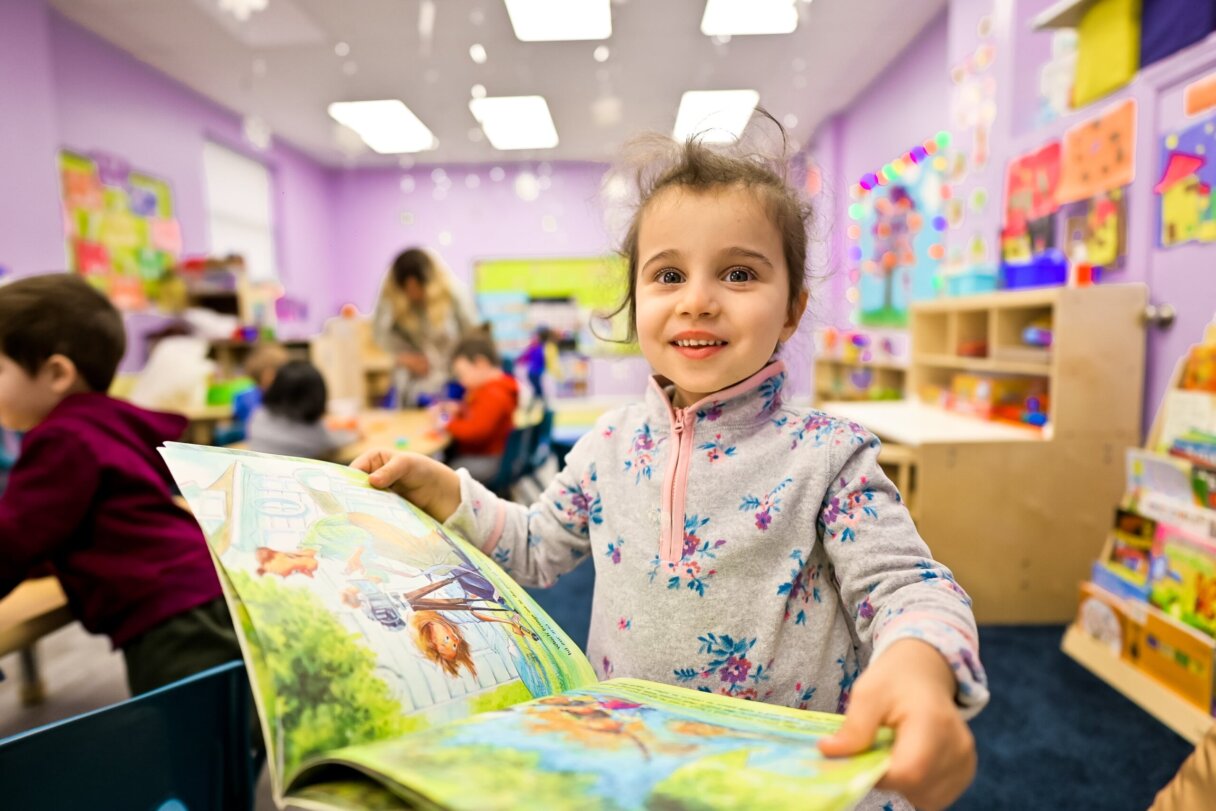
How to Explain Earth Day to Preschoolers
Telling young children about Earth Day can be amusing, and the most interesting way is to do this with the help of storytelling. Moreover, children may have many interesting questions, and it is a good idea to answer their questions using stories.
Storytelling Ideas
- Nature as a Character: Create a story where Nature is a character who talks and interacts with other characters. Nature could share how it feels when it’s clean and healthy and what kids can do to help keep it that way.
- The Tale of a Tree: Tell a story from the perspective of an old tree that has seen many Earth Days. The tree can talk about the changes it has witnessed over the years and the different animals and children it has met.
- A Day in the Life of a Recycler: Craft a story about a superhero whose special power is recycling. This hero shows how recycling can save the planet from waste monsters.
Books About Earth Day
- “The Lorax” by Dr. Seuss. This book talks about the importance of trees and the nature in a simple and fun way that all children will understand.
- “I Can Save the Earth!” by Alison Inches and Viviana Garofoli. The plot revolves around Max the Little Monster as he learns to reduce, reuse and recycle.
- “Earth Day Every Day” by Lisa Bullard. This book tells the story of Trina who tries to make every day Earth Day by finding new ways to take care of the planet.

Earth Day Crafts for Preschoolers
Engaging preschoolers in Earth Day crafts is a wonderful way to foster creativity while educating them about recycling and the importance of caring for our beloved planet. Below you will find a list of simple and eco-friendly craft ideas for your little ones accompanied by detailed instruction guides.
1. Recycled Material Collages
Materials Needed:
- Pieces of old magazines, newspapers, or fabric
- Cardboard from old boxes
- Glue
- Scissors (with adult supervision)
Instructions:
- Cut a piece of cardboard into a shape like a circle or rectangle. This will be the base of your collage.
- Let the children explore and choose different pieces of materials they want to use from magazines, newspapers, or fabric.
- Help the children cut the materials into different shapes and arrange them on the cardboard to create a fun picture or pattern.
- Once they’re happy with their design, they can glue the pieces onto the cardboard.
- After the glue dries, display their artwork for everyone to see!
2. Seed Bombs
Materials Needed:
- Wildflower seeds
- Water
- Potting soil
- Clay powder
- Bowl for mixing
Instructions:
- In a bowl, mix together two parts potting soil, one part clay powder, and one part seeds.
- Slowly add water to the mix until it forms a consistency that can be shaped into balls.
- Let the kids take small amounts of the mixture and roll them into balls about the size of a marble.
- Place the seed bombs on a tray to dry for 24-48 hours.
- Once dry, the seed bombs can be planted in a garden or given as gifts to encourage others to plant flowers!
3. Nature-Inspired Suncatchers
Materials Needed:
- Clear contact paper
- Collected nature items (leaves, flowers, small twigs)
- Paper plate or cardboard ring
- Scissors
- Hole punch and string
Instructions:
- Cut the center out of a paper plate or make a ring out of cardboard to create a frame.
- Cut two pieces of clear contact paper that are slightly larger than your frame.
- Peel the backing off one piece of contact paper and place it sticky-side up. Let the kids arrange their collected nature items on the sticky paper.
- Once they’re done decorating, place the second piece of contact paper sticky-side down on top to seal in the nature items.
- Trim any excess contact paper and attach the suncatcher to the frame.
- Make a hole at the top, thread a string through it, and it’s ready to hang in a sunny window!
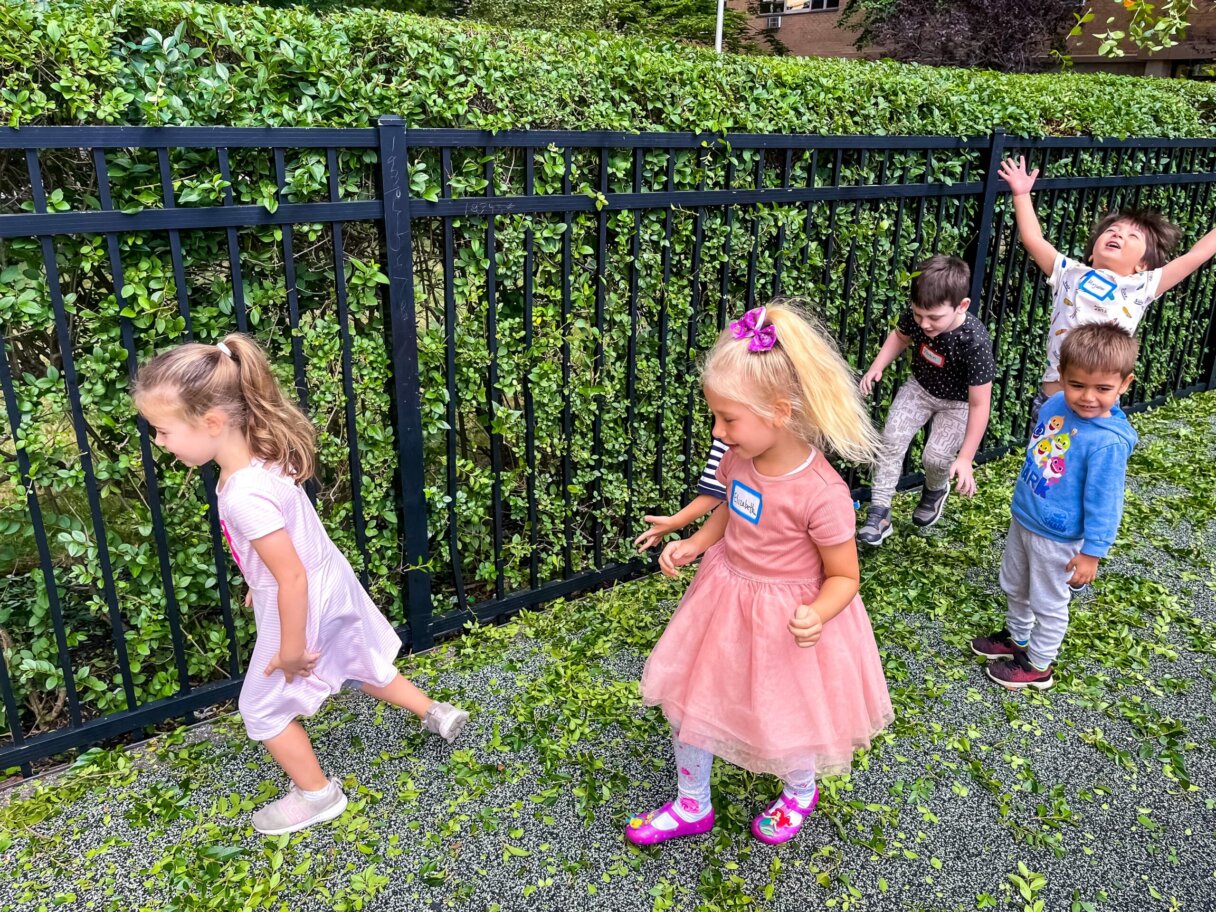
Earth Day Activities for Preschoolers
Earth Day is a great occasion to engage preschoolers in activities which may entertain them, as well as teach a lesson about the environment. Below, there are several fun and educational activities that are suitable for celebrating Earth Day.
1. Planting a Tree or Flowers
This will help the kids understand more about plants and their environment.
Materials Needed :
- Small saplings or flower seedlings
- Spades and watering cans
- Garden soil
- Water
Instructions:
- Choose the spot to plant: ither in the play garden or a visit to the nearby park should be the right place.
- Dig a hole. The analytic kid can start by using spades to dig a small hole, which will fit the sapling or the seedling.
- Plant. With the help of the kids, both the sapling and the seedlings, are put into the right hole, then the whole is filled with soil.
- Water the plant. Allow each kid to water the plant he or she has planted.
- Discuss and explain. Teach the kids that the greens help the earth too by giving us oxygen and cleaning our air.
2. Nature Walk and Scavenger Hunt
Encourages observation skills and appreciation for the natural world.
Materials Needed:
- Checklist of items to find
- Pencil or crayon for checking off items
- Bags or baskets for collecting items
Instructions:
- Prepare the Checklist. Create a simple checklist with pictures of common natural items that children can take home from a park or a garden.
- Start the Hunt. Walk with the children in a park or a garden and help them find and collect the things on their checklist.
- Discuss Finds.At the end of the walk, sit down with the children and talk about each item, where it comes from, and why it is important to the environment.
- Craft Option. Take the things you found to the daycare and make a collage out of them.
3. Sorting Recyclables Game
The purpose of sorting recyclable game is to introduce very basic ideas about recycling and waste management.
Materials Needed:
- Bins with the description of what highly respond to this type: plastic, paper, metal.
- A variety of clean materials.
- Pictures showing each of the above.
Instructions:
- Talk about what ‘recycling’ is and why it matters to clean one’s environment.
- Demonstrate the sorting of different materials to a different type of bins.
- Let them play the game and sort a variety of materials to croc bins. Make the process exciting, for example, you can set a timer and turn it to the contest. Or, alternatively, you could divide children into two separate groups and build a relay race of sorting materials into the correct bin.
- Talk about what they learned. Discuss why it is vital to sort waste and recycling.
Earth Day Projects for Preschoolers
There are a lot of long-term projects that can help to preserve the spirit and idea of Earth Day during the whole year. Moreover, many of these tasks will help to learn and notice the impacts of various problem and changes. Here are some ideas and projects that can be chosen for preschoolers.
1. Adopt a Garden
The adoption of a garden is an excellent lesson aimed at teaching young children about nature and the environment. The children are offered to choose the seeds or young plants they want to grow and are responsible for taking care of them. The process involves gardening work: preparing the soil, planting, watering, weeding. Such lessons contribute not only to the development of fine motor skills but also help children understand the natural aspects of reality. Observing the garden throughout the key four seasons, children will follow their plants’ growth and get to know life cycles, the significance of proper care and regular activities. At the end of the lesson, children can harvest the grown plants, especially if they are vegetables. It will bring them joy and excitement as well as knowledge about the origin of food.
2. Recycling Center
An excellent read-to-action project to promote lifelong habits of recycling and waste minimizing is creating a Recycling Center in classroom or at home. Setting special cans for paper, plastic, and metal and explaining preschoolers what waste can be recycled already shortly introduces children into the environmental care realm. Another task for a read-to action project can be assigning children, say, for a week to be the ‘recycling monitors’ of the class, and then it is better to rotate the roles. Such task make them keep order between preschoolers and teach how to sort the trash properly. Besides, this project is very practical: because of this children will always keep their class or room clean and cozy. What is more, children will better learn to care about the environment and once in a while they will bring the materials for recycling from home.
3. Weather Station
The Weather Station project is designed to give preschoolers a notion of basic meteorological data and the role of the weather in our everyday life. Simple instruments including a rain gauge, wind vane, and a thermometer can be used for collecting the weather data and thinking out the experimental approach on how the changes of weather may affect the nature. The weather data can be collected on a regular, daily basis and recorded so that the children could understand that the weather changes follow a certain pattern and some of them are typical of certain seasons. Regular discussions can be held to explain in what ways different weather conditions affect the plants, animals, and people. As such, the projects helps children learn not only about the weather but also enhances their observational and analytical skills.
4. Composting Project
Children collect organic waste from their meals and snack times, and it is put in compost bins. Teachers advise them to monitor their compost bin on a regular basis. This allows children to learn about other organisms. Pupils should also be shown that it is compost. The project makes them understand what happened to the garbage, how other creatures benefited from it. Children should also see how to use compost to enrich the soil in the garden. Thus, they get practical examples of the concepts recycling and reuse. Finally, the project makes children learn the science of decomposition and the benefits of compost.
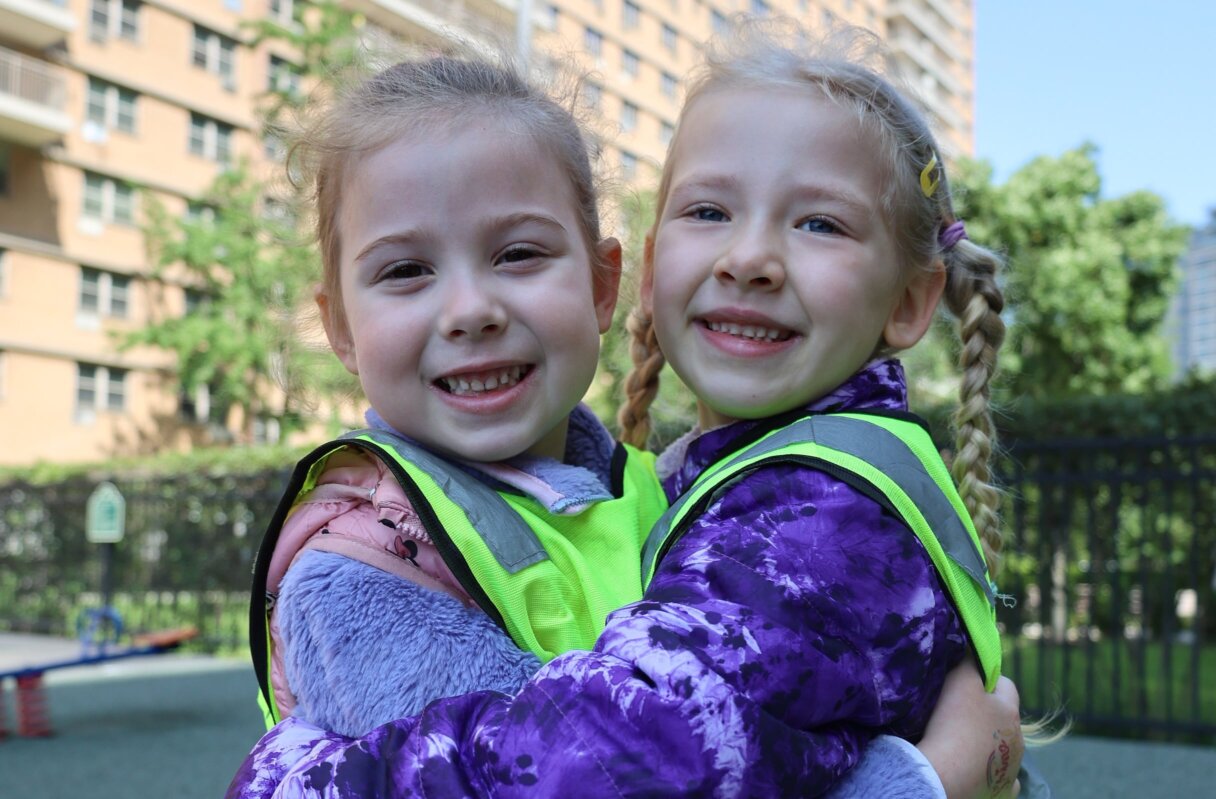
Conclusion
We are responsible for the Earth every day. We involve our youngest students in the process of caring for the environment with the help of funny games, crafts, and projects. Earth Day is not only the time for fun and a good occasion to learn about nature but also it is the day of our indispensable duty to the environment.
Incorporating at least one eco-friendly habit into our lives is essential for both parents and children. We can all make a difference through activities such as recycling, saving water, or gardening. In this way, we will be able to ensure the wonderful and healthy world for our children and their descendants.
Join us at Little Scholars Daycare!
Together, we can make a difference. Let’s nurture our children’s connection to the Earth and empower them to protect its precious resources. Remember, every step towards sustainability counts in making our world a better place.

